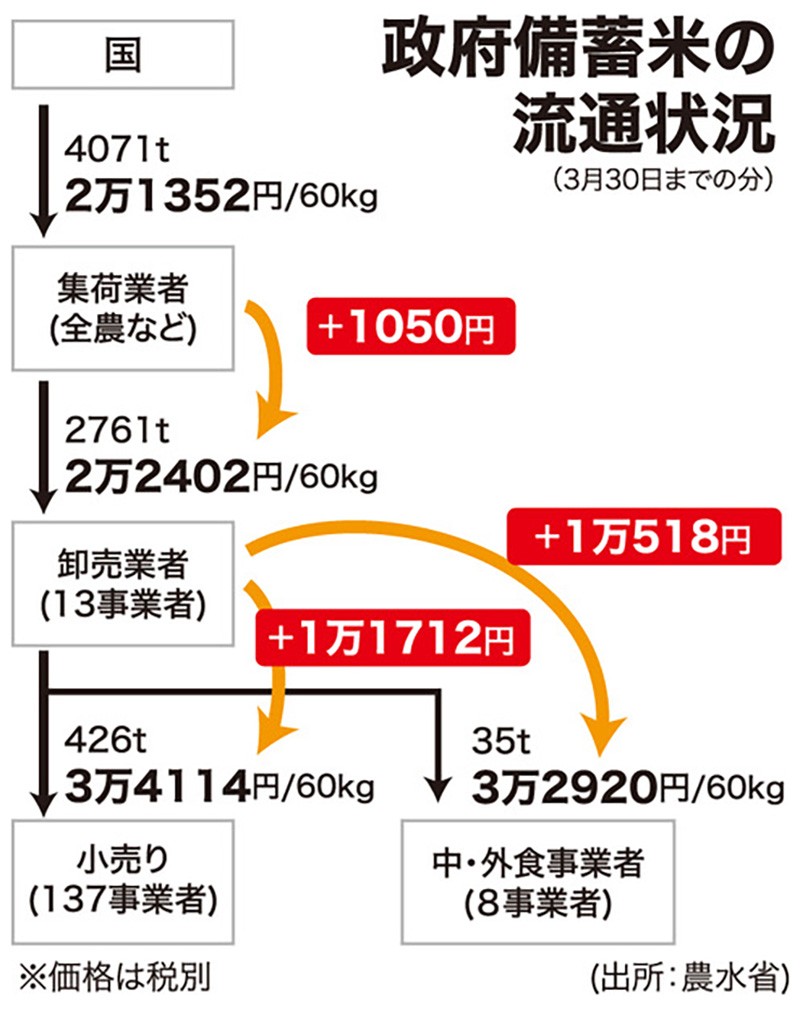JA Rice Sales: Minimal Profit, High Costs – A Crumbling Industry?
The JA rice industry is facing a crisis. While farmers diligently cultivate their fields, the reality of minimal profit margins coupled with soaring costs paints a grim picture for this vital sector. This article delves into the contributing factors driving this concerning trend and explores potential solutions for a sustainable future.
Soaring Costs Squeeze Farmers' Margins
The profitability of JA rice farming has plummeted in recent years, largely due to a dramatic increase in production costs. Several key factors are at play:
- Fertilizer Prices: The escalating cost of fertilizers, a crucial input for rice cultivation, significantly impacts farmers' bottom lines. Global supply chain disruptions and increased energy prices have exacerbated this issue, making it difficult for farmers to afford the necessary quantities.
- Labor Costs: The rising cost of labor, including wages for harvesting and processing, adds further pressure on already strained margins. Finding and retaining skilled agricultural workers is another challenge.
- Fuel Costs: Fuel costs for machinery, transportation, and irrigation are also significantly higher, adding a substantial burden on farmers. This is especially challenging for smaller farms with limited resources.
- Pest and Disease Control: The increasing prevalence of pests and diseases necessitates higher spending on pesticides and other control measures, further diminishing profitability. Climate change is exacerbating this problem.
The Impact of Low Yields
Compounding the problem of high costs is the issue of fluctuating yields. Unpredictable weather patterns, including droughts and floods, can significantly impact harvest sizes, leading to lower overall revenue and reduced profitability despite increased input costs.
Minimal Profit: A Dire Situation for JA Rice Farmers
The combination of escalating costs and often low yields leaves many JA rice farmers with minimal profit margins, forcing some to consider abandoning farming altogether. This threatens not only the livelihoods of individual farmers but also the long-term food security of the region.
The Ripple Effect: Food Security Concerns
The struggles of JA rice farmers have broader implications. Reduced production and potential abandonment of farming could lead to:
- Increased Rice Prices: A decline in JA rice supply could push prices upward, impacting consumers and potentially exacerbating food insecurity.
- Rural Exodus: Farmers may be forced to seek alternative employment opportunities elsewhere, leading to depopulation of rural areas.
- Economic Instability: The JA rice industry plays a significant role in local and national economies. Its decline could destabilize related businesses and the overall economic landscape.
Finding Solutions: A Path to Sustainability
Addressing the challenges facing the JA rice industry requires a multi-pronged approach:
- Government Support: Government intervention is crucial, including subsidies for fertilizers and fuel, investment in irrigation infrastructure, and support for research into pest and disease-resistant rice varieties.
- Technological Advancements: Investing in and promoting the adoption of modern agricultural technologies, such as precision farming techniques and improved irrigation systems, can significantly increase efficiency and reduce costs.
- Cooperative Farming: Encouraging cooperative farming models can improve bargaining power with suppliers and increase access to resources and markets.
- Market Diversification: Exploring alternative markets and value-added products can increase revenue streams and improve profitability.
Conclusion:
The low profitability of JA rice farming is a serious issue demanding immediate attention. Without significant intervention and strategic adjustments, the future of this vital industry hangs precariously in the balance. Addressing the challenges outlined above is crucial not only for the survival of JA rice farmers but also for the economic and food security of the wider community. The time for decisive action is now.
Keywords: JA rice, rice farming, low profit margins, high costs, fertilizer prices, labor costs, fuel costs, pest control, food security, government support, technological advancements, cooperative farming, market diversification, agricultural industry, sustainability.
